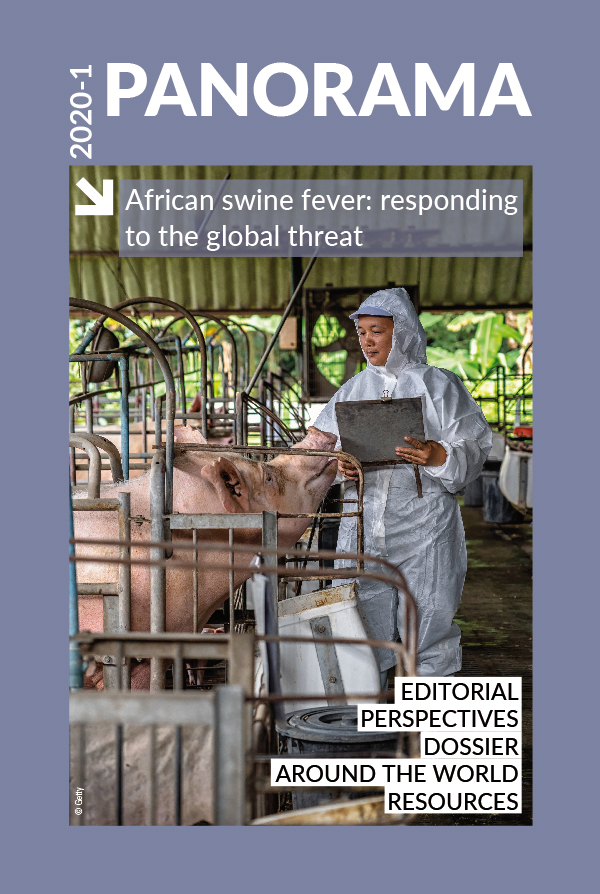Dossier Posted on 2020-07-24 16:16:00
Compartmentalisation to facilitate pork production in high-risk environments for ASF
Keywords
Authors
Dirk U. Pfeiffer, Chow Tak Fung Chair Professor of One Health, City University of Hong Kong, Hong Kong SAR, People’s Republic of China; and Professor of Veterinary Epidemiology, Royal Veterinary College, London, United Kingdom.
The designations and denominations employed and the presentation of the material in this article do not imply the expression of any opinion whatsoever on the part of the OIE concerning the legal status of any country, territory, city or area or of its authorities, or concerning the delimitation of its frontiers and boundaries.
The views expressed in this article are solely the responsibility of the author(s). The mention of specific companies or products of manufacturers, whether or not these have been patented, does not imply that these have been endorsed or recommended by the OIE in preference to others of a similar nature that are not mentioned.
Background
The local and long-distance spread of ASFV is strongly influenced by pig and pig-farm density, as well as human behaviour associated with biosecurity along the pork value chain [1]. There are, at present, no control tools at the regional or national level that can reliably stop the spread of ASFV, once it has been introduced into countries that have a high percentage of small-to-medium-sized pork producers with typically poor biosecurity. These smaller producers with weak biosecurity are often linked into highly complex pork-value chains. It is therefore necessary to define risk management approaches that continue to allow pork production by businesses that are capable of implementing the high biosecurity standards required to control ASFV. This will allow the continuation as well as the recovery of pork supply.
Compartments versus zones or regions
Compartmentalisation usually focuses on single or multiple connected business entities with pork production facilities that (in epidemiological terms) are effectively isolated from the presence of ASFV in their geographical neighbourhood, through their management and husbandry practices [2]. In contrast, zoning or regionalisation requires that all pork production businesses within a particular geographical area, often bounded by mountains or a river, must operate at the same high biosecurity standard, and cannot have parts of their business outside the disease-free zone or region [2].
Rationale for compartments
A compartment needs an epidemiologically sound risk management and biosecurity plan, and has to involve government veterinary authorities as an accrediting and auditing partner [3]. The considerable investment required for compartmentalisation should be justified by its economic benefits. These include the ability to move and trade animals or animal products between countries, or between regions within countries, as well as the ability to recover rapidly after an outbreak within the compartment.
http://dx.doi.org/10.20506/bull.2020.1.3129
References
- Dixon L.K., Stahl K., Jori F., Vial L. & Pfeiffer D.U. (2019). – African swine fever epidemiology and control. Annu. Rev. Anim. Biosci., 8, 221–246. https://doi.org/10.1146/annurev-animal-021419-083741.
- World Organisation for Animal Health (OIE) (2018). – Chapter 15.1. Infection with African swine fever virus. In Terrestrial Animal Health Code.
- Cowled B., Cameron A., Meyer A., Dagg P. & Howden K. (2019). – Business continuity in the face of African swine fever: Compartmentalisation and company biosecurity. Technical White Paper: Ausvet and One Health Scientific Solutions.










